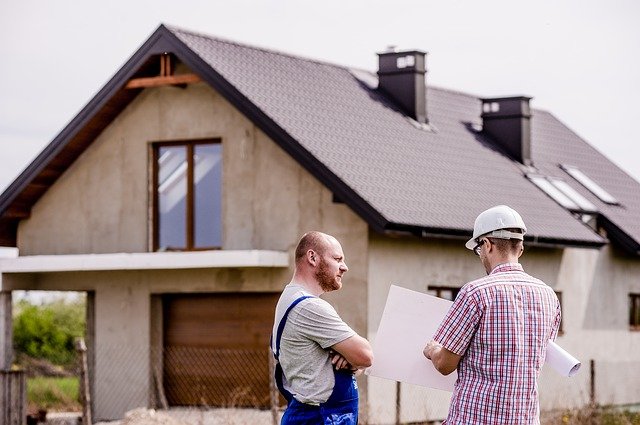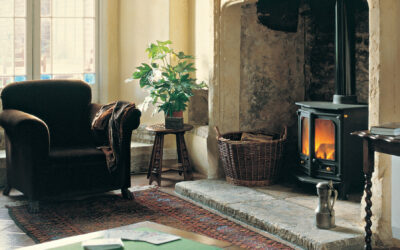There seems to be a rule and regulation for everything to do with home renovation and improvement. Much of it is common sense but the volume of regulations and their wording can be confusing. What about regulations for wood burning stoves?
There are regulations for wood burning stoves but fortunately, they are mostly common sense and easy to understand.
Most regulations for wood burning stoves are covered in “Approved Document J”. There’s one for England and one for Wales. Scotland has its own planning system which you can access here.
The documents are long, dry and not very interesting so we thought we would provide the abridged highlights rewritten in plain English in the form of questions and answers.
We hope it sheds light on some of the regulations around wood burners!
What the regulations cover
Document J covers any existing chimney and combustion appliance. If you’re having a new chimney installed (not a flue) that will be covered by the standard Building Regulations.
Do you need planning permission for a wood burning stove?
You do not need planning permission for a log burner installation unless you live in a conservation area or in a listed building. Then it will be prudent to work with the relevant council department to ensure everything is above board.
If you live in a standard house of standard construction and will be adding a compliant flue to the wood burner and have it installed or signed off by a HETAS installer, you do not need planning.
Can I install my own wood burning stove?
You can install your own wood burning stove. You will need it signed off by a ‘competent person’ which we consider to be HETAS-approved. You will need to familiarise yourself with the current regulations and best practices before you start but there is nothing within those regulations preventing a DIY installation.
All your work should be signed off once complete to comply with building regulations.
Do I have to use a flue liner in a chimney?
Wood burning stoves do not require a flue liner but may benefit from one.
Houses constructed after 1964 have lined chimneys. However, a flue liner can help improve the draw of the chimney to help smoke escape faster and is much safer as older chimneys may leak.
While you are not required to line a chimney, we would recommend it. That’s especially true if you live in an older house.
What are the rules on wood burner hearths?
There are very specific regulations around the hearth and hard standing for a wood burner.
The stove must be placed on a non-combustible surface that extends a minimum of 225mm in front of the stove and 150mm on the other three sides. If the surface sits on top of something combustible, like floorboards, the surface must be a minimum of 250mm thick.
You can combine thickness, for example 100mm concrete base and 150mm slate or stone surface would still comply.
There are stoves certified for 12mm hearths. Ask us about them if you like.
Free standing wood burner hearth requirements
If you’re installing your wood burner somewhere without a hearth or chimney, like a conservatory, your surface should be a minimum of 840mm x 840mm in size. It needs to comply with the same 225mm and 150mm extension around the stove as above.
The thickness requirements are the same too. A minimum of 250mm thickness, especially on combustible surfaces.
Ventilation requirements for log burners
Any log burner rated at 5kW must have a form of ventilation to comply with regulations. The size of that vent depends on the rating but should be no less than 550mm2 per kW above that 5kW rating.
The vent should be fixed and not be able to be closed or adjusted. Positioning should also minimise the chances of it being blocked.
The vent can be positioned anywhere within the same room as the log burner as long as it has a direct path outdoors.
What are the regulations around flue positioning?
There are a couple of specific regulations around the positioning of a wood burner flue.
The flue should exit the roof in a very specific way. If it exits the roof close to the ridge, it should extend 600mm above the ridge.
If it exits further down the roof, close to guttering for example, it should extend 2.3m above the roof where it exits.
This is probably the most complex part of the regulations for wood burning stoves so due diligence is essential here. That’s especially true if you’re installing it yourself!
How about flue type or size?
There are no specific regulations around flue types but we usually recommend twin flues, especially in new installations. They keep the exterior cool and make it easier to fit without damaging or having to adapt surrounding surfaces.
Flue size depends on the type of wood burner you have. Most will come with either a 125mm or 150mm outlet and we would use a flue pipe for the first section of flue and then expand to a minimum of 150mm for the rest of the flue.
If you’re using a chimney liner, these will usually be 125mm, which are perfectly safe for most installations.
You can find more information on flue positioning and sizing on the HETAS website.
Do you need a carbon monoxide detector fitted with a wood burner?
Yes you do. It is a specific requirement to have a carbon monoxide detector in the same room as a wood burner. Your installer will require one before being able to sign off the work whether they fitted the system or not.
As carbon monoxide is a specific danger of combustion, this regulation is very important and one of the more sensible regulations for wood burners!
Ideally, the detector should be fitted at least 300mm from the wall if on the ceiling or between 1m and 3m from the wood burner if fitting elsewhere.
Do I have to comply with all these regulations?
Yes you do! For the installation of a wood burner to comply with Document J and building regulations, it must be fully compliant. Some insurance policies will stipulate a compliant installation if a wood burner is mentioned.
While nobody really polices compliance, not having your installation signed off can have complications when selling or renting out the property.
If you want to avoid having to worry about these regulations, just use a HETAS installer like Sussex Eco Solutions. They know these rules inside and out and can ensure your installation is fully compliant and signed off without you having to worry about a thing!




